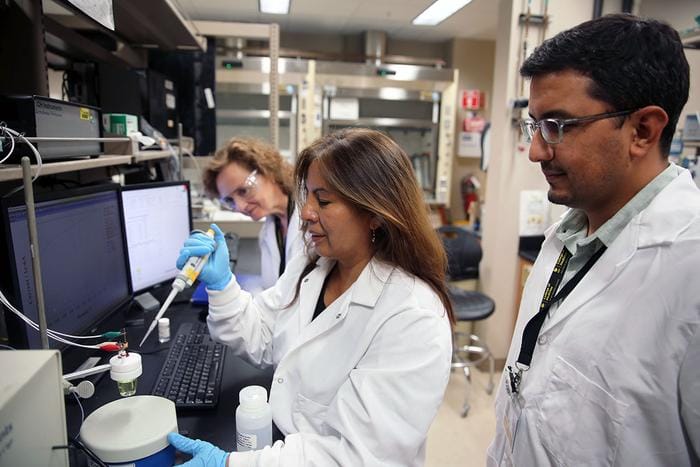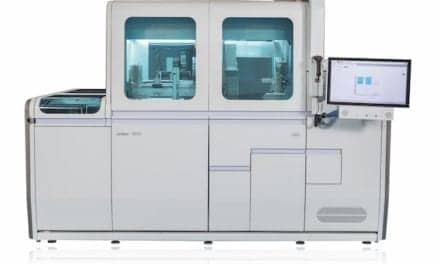Electrochemical biosensor aims to simultaneously detect HIV, Hepatitis B, and Hepatitis C in resource-limited settings using RNA-level identification.
University of Central Florida researchers have received a $537,619 grant from the National Institutes of Health to develop a low-cost biosensor test that can simultaneously detect HIV, Hepatitis B, and Hepatitis C.
The interdisciplinary team plans to repurpose existing electrochemical biosensor technology to identify the viruses at the RNA level and quantify viral loads in resource-limited settings. The project brings together chemists Yulia Gerasimova, PhD, and Karin Chumbimuni-Torres, PhD, with infectious disease expert Daniel Ram, PhD.
Current diagnostics for these viruses require blood tests and analysis by clinic or hospital laboratories, making testing difficult in remote areas where results can take months to obtain. More than 300 million people worldwide live with hepatitis B or C, while more than 40 million live with HIV, according to World Health Organization data.
“It’s very important to detect those viruses in the same sample because those viruses share the same route of transmission, and it increases the chance that the same person may get multiple viruses,” says Gerasimova, an associate professor of chemistry working on the project, in a release. “Doctors need to know how to tailor the treatment for patients depending on if they have a co-infection or not.”
RNA-Level Detection Technology
Rather than measuring the body’s immune response to each virus, the UCF researchers want to identify viruses directly at the RNA level using electrochemical biosensor technology. The approach uses isothermal amplification to amplify viral nucleic acids, which are then detected with virus-specific probes.
Chumbimuni-Torres, the project lead and associate professor of chemistry, previously developed similar technology for detecting dengue fever and Zika virus. Her preliminary results enabled the NIH grant for hepatitis and HIV detection.
The team programmed their sensor to detect any serotype of HIV, addressing the virus’s tendency to mutate. “HIV can mutate a lot, so we made a technique that can detect any of the mutations,” says Chumbimuni-Torres in a release.
The genetic testing approach allows scientists to target different genetic sequences of the viruses and quantify viral loads to help doctors determine treatment protocols.
Addressing Global Testing Gaps
Ram, an assistant professor of medicine, recalls the testing challenges from his childhood in Guyana, where his mother directed a national clinic that could not process patient samples on-site.
“In order to quantify viruses and patient samples, we would have to ship the samples out to Miami or sometimes Trinidad and Tobago,” says Ram in a release. “During shipping, those samples degraded, and the possibility for failure is high. In the meantime, doctors didn’t know how to best treat the patients.”
The research aims to create accessible and affordable diagnostics for low-resource settings. Simultaneous testing could remove barriers to patient care and help doctors refine treatment plans more effectively.
Ram’s role involves characterizing the viruses and determining optimal viral load measurement from patient serum, while his collaborators focus on sensor technology efficacy. The team will validate the technology using cell cultures with different quantified amounts of viruses to establish detection thresholds before moving to patient cohort assessment.
“This technology has immediate benefit if we can show it to work effectively in detecting multiple viruses,” says Ram in a release.
Photo caption: UCF chemists Dr Yulia Gerasimova and Dr Karin Chumbimuni-Torres collaborated with Dr Daniel Ram, assistant professor of medicine and infectious disease expert, to develop a new biosensor test to detect both hepatitis and HIV at the same time.
Photo credit: UCF





